Posted October 4, 2024 by Tiffany Lee
In case you missed these stories highlighting research and creative activity at the University of Nebraska-Lincoln, the Office of Research and Innovation’s communications team has compiled a roundup of some top research stories from research.unl.edu and other sources.
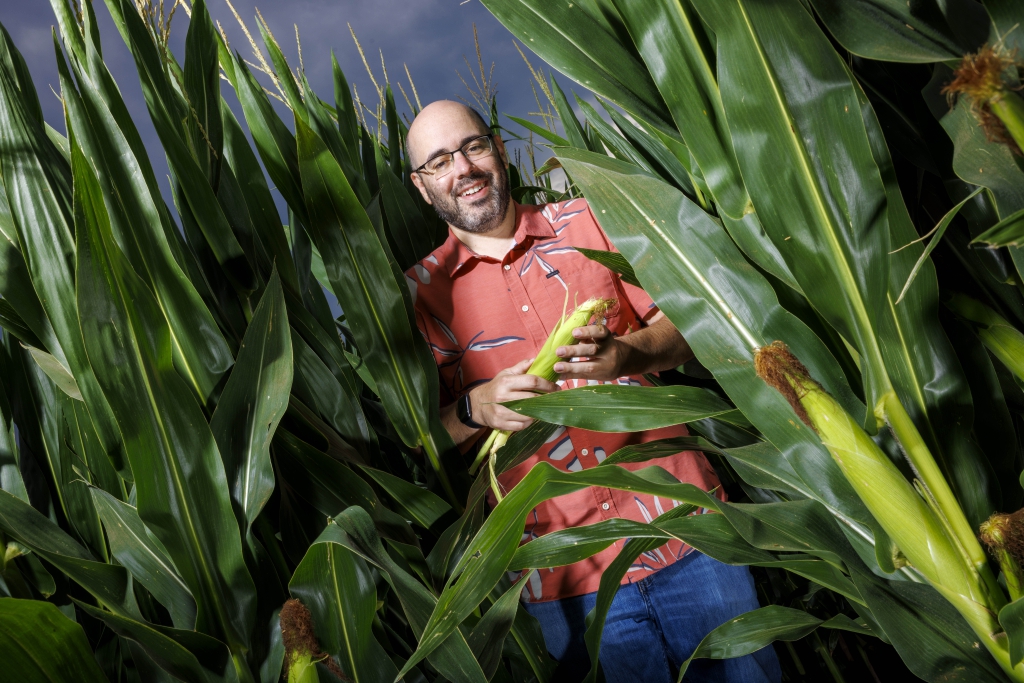
Husker researcher to help launch first ‘digital twin’ of a corn field
Who: James Schnable, Nebraska Corn Checkoff Presidential Chair and professor of agronomy and horticulture
What: With a combined $2 million grant from the National Science Foundation, Schnable is collaborating with researchers at Iowa State University and Purdue University to develop the first digital twin of a corn field. The tool would enable researchers to quickly test how corn with certain properties behaves in certain scenarios, including its resilience to weather conditions and how efficiently it uses water and captures light. The twins would help overcome real-world constraints on the number of field tests researchers can run and more quickly identify the planting arrangements and hybrids with the most potential. The grant reflects Nebraska’s global leadership in high-throughput phenotyping and corn quantitative genetics – two areas key to achieving food security.
“If UNL is able to bring world leaders in these research areas together and provide something that no one else can provide, we will continue to see larger and larger projects develop,” Schnable said.
Writer: Tiffany Lee, Office of Research and Innovation
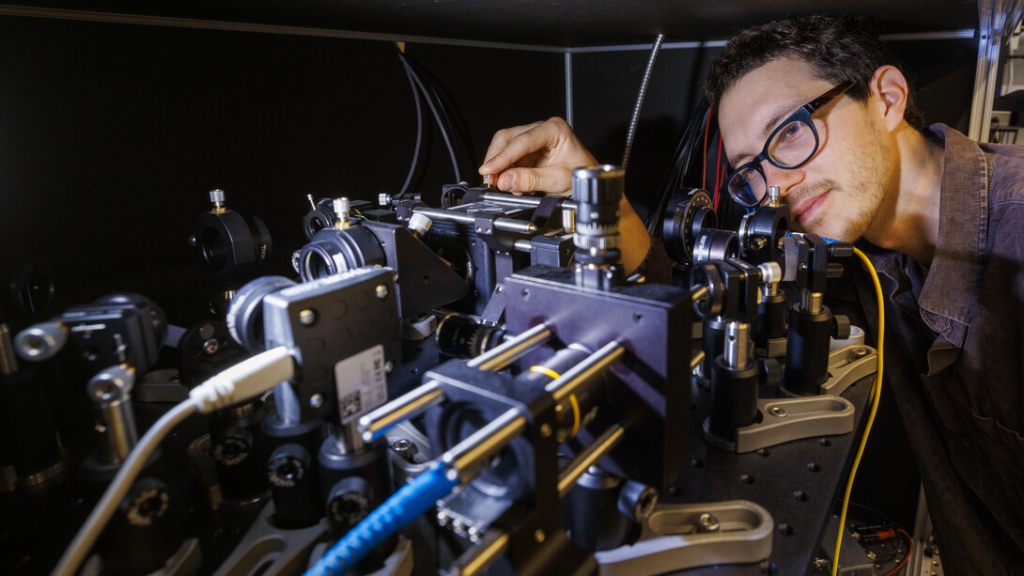
Nebraska breakthrough opens door to next-gen electronics
Who: Christian Binek, Charles Bessey Professor of physics; Abdelghani Laraoui, assistant professor of mechanical and materials engineering; Emergent Quantum Materials and Technologies collaboration, known as EQUATE
What: The EQUATE team has achieved a breakthrough in antiferromagnetic spintronics that could expand the nanotechnology’s capabilities, which have been limited by their need for excessive power. The team showed that introducing boron into magnetoelectric oxides through a process called B-doping can control magnetic fields at the high temperatures prevalent in electronics. This has long been the “holy grail” in this area of research. The discovery could herald the emergence of digital memory and processors that run faster – yet consume far less power – than their modern-day counterparts. Key to the discovery was Laraoui’s development of nitrogen vacancy scanning probe microscopy, a means for studying and confirming the efficacy of the boron-doping approach.
The research is summarized in Advanced Functional Materials.
Writer: Dan Moser, Office of Research and Innovation
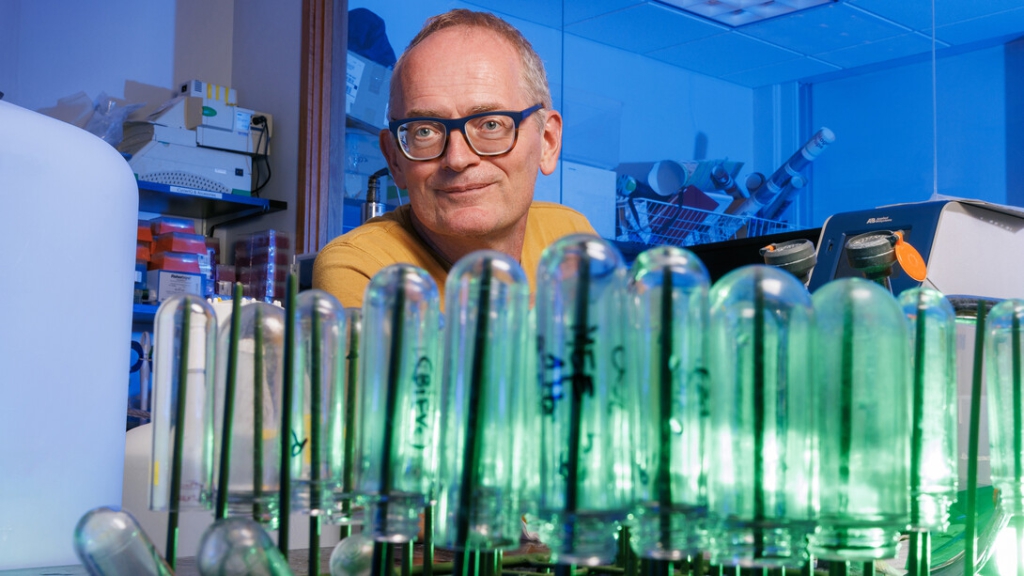
Research center looks to future with $5.8M NIH renewal
Who: Janos Zempleni, Willa Cather Professor of molecular nutrition
What: The Nebraska Center for the Prevention of Obesity Diseases through Dietary Molecules received a third and final round of funding from the National Institutes of Health. With the final iteration of funding, the center will solidify its research base and prepare for long-term success. NPOD is an internationally distinctive research hub focused on using bioactive compounds in foods to prevent, treat and cure obesity and related diseases. Since its 2014 founding, the center has secured $200 million in external funding, amounting to a nearly 36:1 return on investment for each dollar invested by the university. Zempleni, who directs the center, will lead efforts to recruit additional faculty, establish a plan for future center leadership and grow the momentum of the Biomedical and Obesity Research Core.
“We are putting the pieces into place that will enable the center to continue its work after the 15 years of NIH funding ends,” Zempleni said.
Writer: Tiffany Lee, Office of Research and Innovation
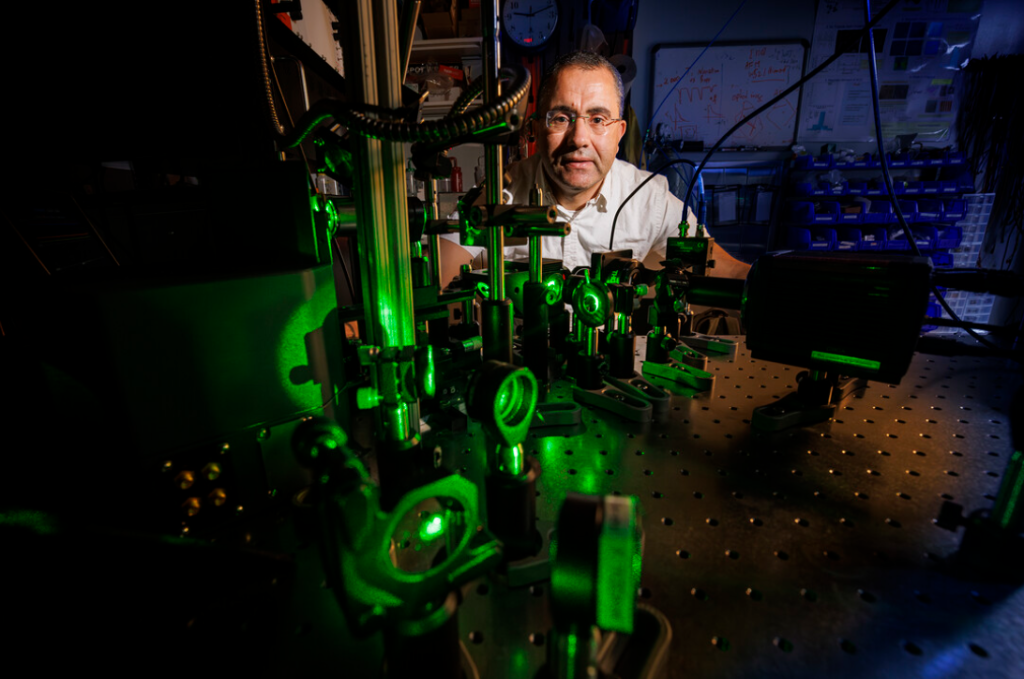
Nebraska-Jackson State project to grow opportunities in quantum sensing
Who: Abdelghani Laraoui, assistant professor of mechanical and materials engineering
What: Laraoui is collaborating with faculty from Jackson State University, one of the nation’s largest historically Black universities, on a National Science Foundation-funded project aimed at advancing America’s expertise in quantum sensing and training African American youth in quantum biosensing. Over the course of three years, the project will provide mentorship for around 80 graduate, undergraduate and K-12 minority participants from Jackson State, nearby community colleges and K-12 schools. One area of focus is use of diamond quantum microscopy – a specialty of Laraoui, a member of Nebraska EPSCoR’s EQUATE collaboration.
Writer: College of Engineering
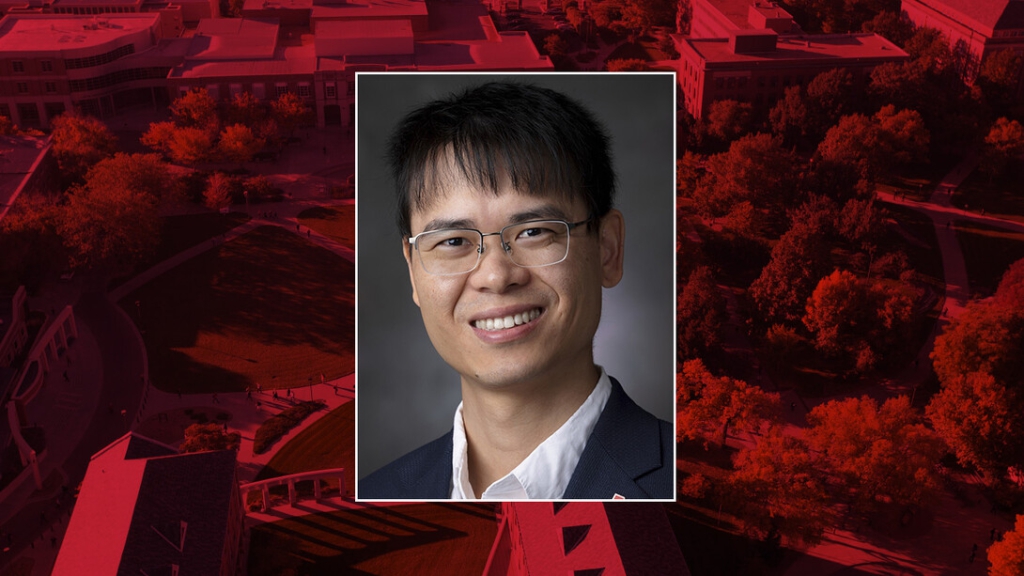
Liu studies ‘slicing’ networks to improve efficiency
Who: Qiang Liu, assistant professor of computing
What: Liu is using a National Science Foundation grant to advance work on his “slicing as a service” technology, which is a new method of wireless network resource allocation that is more efficient and cost-effective than today’s standard. Liu’s approach would automate network slicing and provide these solutions to everyone, ranging from individual people to small companies to major corporations. Current network slicing efforts are not equipped to handle evolving technologies, including augmented reality devices, autonomous driving cars and drones, which have different performance requirements. Liu’s approach uses deep reinforcement learning methods to train the system, which will continually adjust to network changes. He will test his techniques on Husker-Net, the university’s private 5G network, which Liu helped develop.
“For individuals, we’ll enable this slicing-as-a-service to ordinary people and small businesses, and democratize this to everyone,” Liu said.
Writer: Victoria Grdina, School of Computing
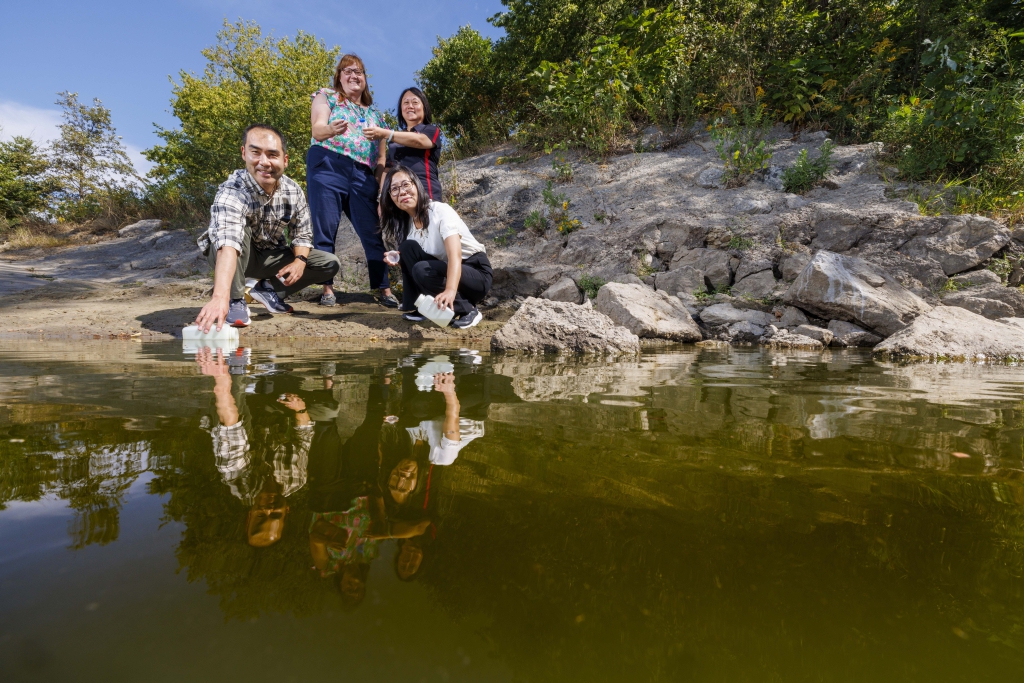
Husker experts lead effort aimed at antimicrobial resistance in environment
Who: Xu Li, Dale Jacobson and Debra Leigh Professor of environmental engineering; Shannon Bartelt-Hunt, Donald R. Voelte Jr. and Nancy A. Keegan Chair of civil engineering; Bing Wang, associate professor of food science and technology; Yusong Li, professor of civil and environmental engineering
What: With a $2.4 million grant from the Environmental Protection Agency, a team of Husker researchers is leading a multi-state effort to assess the potential threat to human health from antimicrobial-resistant pathogens spread via wastewater and agricultural runoff. Traditionally, research has focused on resistant bacteria in clinical settings like hospitals and nursing homes. But there are other pathways by which these bacteria reach people: They make their way into wastewater treatment plants – and in turn into rivers and streams – via household use of medications and cleaning products, as well as by discharge from hospitals and antimicrobial manufacturing plants. The EPA aims to quantify the antimicrobial resistant bacteria and resistance genes in surface water that are attributable to wastewater treatment plants. The team will study a diverse range of environmental conditions and potential pollution sources.
“Now we are seeing that the environment could also be a pathway where people acquire those resistant pathogens – and that is why the EPA is stepping in to look at that,” Li said.
Writer: Leslie Reed, University Communication and Marketing

Research supports vulnerable youth from juvenile detention to graduation
Who: Alex Mason, professor of child, youth and family studies; Loukia Sarroub, Melvin C. and Jane N. Nore Professor and Chair of the Department of Teaching, Learning and Teacher Education; other Husker researchers and partners from Lincoln Public Schools
What: Students transitioning back into school after time in the juvenile justice system or after expulsion from school struggle to succeed, and racially and ethnically minoritized youth are overrepresented in this population. Though states are required to provide school-coordinated services to transitioning youth, no standardized program is available to help educators lead this process. With support from a Grand Challenges Planning Grant, the Husker team and LPS partners will develop sustainable, effective programming for schools and teachers to support youth returning to the classroom after an out-of-school placement. The long-term goal is to position Nebraska as a national hub of expertise in this area.
“Teachers are asked to support all children, but they don’t always have specific ways of supporting kids who are gone for varied lengths of time, then come back,” Sarroub said.
Writer: Chuck Green, Nebraska Center for Research on Children, Youth, Families and Schools
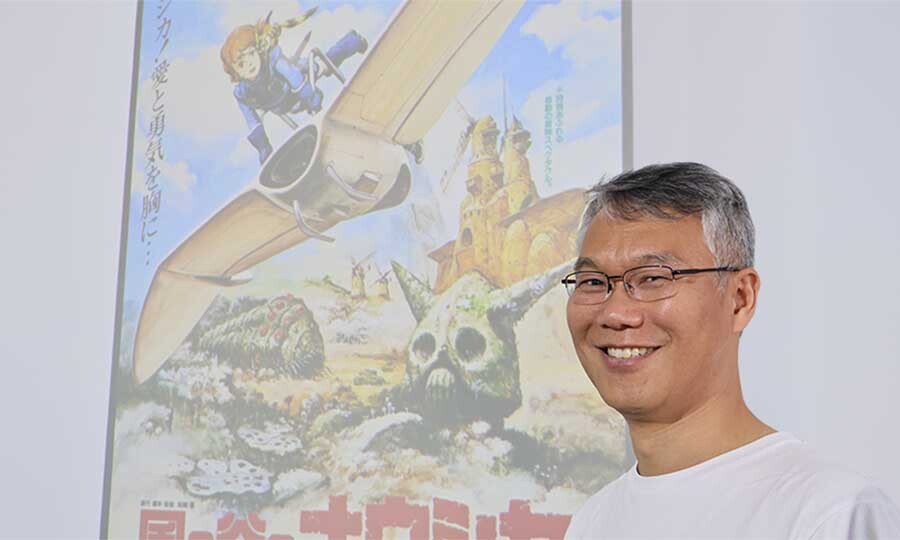
As ‘Professor Otaku,’ Ryu uses anime to illuminate engineering lessons
Who: Sangjin Ryu, associate professor of mechanical and materials engineering
What:Ryu is recognized worldwide for his strategy of using examples from Japanese animation to teach engineering principles to both Husker students and general audiences. His educational alter ego is “Professor Otaku” because in Japanese, Otaku means a person who has a strong interest in anime, manga and related art forms. Ryu teaches classes in fluid mechanics, which involves the scientific principles of how air, energy and fluids move and are influenced by forces. While watching the first Godzilla movie – specifically, the movement of water flowing around the monster as it appeared from the ocean – Ryu was inspired to incorporate anime-related examples into his teaching. He has since conducted formal research on the educational technique, leading to academic publications and speaking engagements.
“It’s really interesting when we’re learning some of the theories in class, developing that theory in our lecture notes, and then Dr. Ryu will present an application that is shown in anime,” said Matthew Brown, a mechanical engineering senior. “It takes some of what you might think is a boring theory and puts it into something that’s not necessarily a real-world application but allows you to apply it.”
Writer: Karl Vogel, College of Engineering





